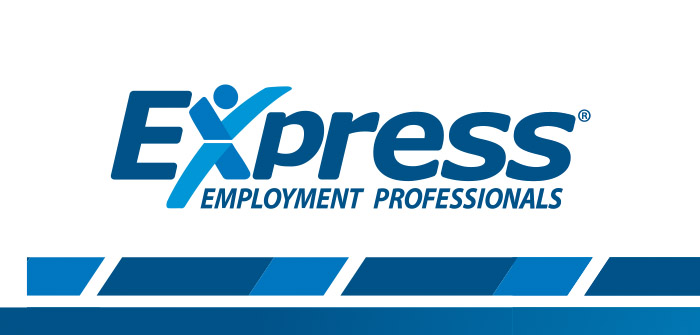Stressed Out: Overcoming Anxiety in the Workplace
by James C. Price, October 24, 2022, Express Employment Professionals, Refresh Leadership Blog
Feeling stressed out? Don’t worry, you aren’t alone. A recent Northwestern National Life survey found that 40% of workers say their jobs were extremely stressful, while a Yale University study found that 29% reported feeling extreme stress due to jobs.
Regardless of industry, anxiety has unfortunately become a staple in the workplace. Thankfully, more awareness has been given to the issue lately, and so just because it exists, doesn’t mean you and your team must allow it to affect your mental health, creativity, and productivity.
Before overcoming anxiety and stress, it’s important to understand the red flags, signals, and symptoms of stress to identify it in your office.
Stress can manifest itself through physical, mental, and behavioral symptoms, and according to the Department of Health in Victoria, there are tell-tale signs. Physical symptoms may include fatigue, tension, headaches, sleeping issues, sickness, and more, while mental or psychological symptoms can include depression, lack of creativity, discouragement, lack of focus and concentration, and other cognitive difficulties. Anxiety and stress can also lead to behavioral issues, including absenteeism, aggression, lower performance and productivity, irritability, and isolation.
To ensure these symptoms don’t arise, or to help lessen the effects of already present issues, understand that the manifestation of stress is often like a “check engine” light on a car. It’s a signal to remind you and your team to investigate the cause of stress.
According to the CDC, “job stress can be defined as the harmful physical and emotional responses that occur when the requirements of the job do not match the capabilities, resources, or needs of the worker.”
In other words, stress can be caused by unrealistic requirements or expectations, as well as not having the skills and tools needed to perform well. Under this definition, we can surmise that a lack of boundaries, autonomy, rest, and unneeded pressure can create a situation where the workers’ needs aren’t fulfilled, leading to unfulfilled creativity and productivity.
Here are a few tips to help alleviate the situation and create a less stressful work environment:
Allow for work breaks/vacation
Include employees in project development discussions
Conflict management/cognitive behavioral training
Creating realistic project timelines
Delegating work
Open communication to allow individuals to express questions and concerns
While it may be impossible to completely eradicate stress and anxiety in the workplace, by being more conscientious of the issue and aware of potential hazard areas, you can help ensure you and your team are better equipped to overcome stressful situations and allow for a more creative and productive environment.



